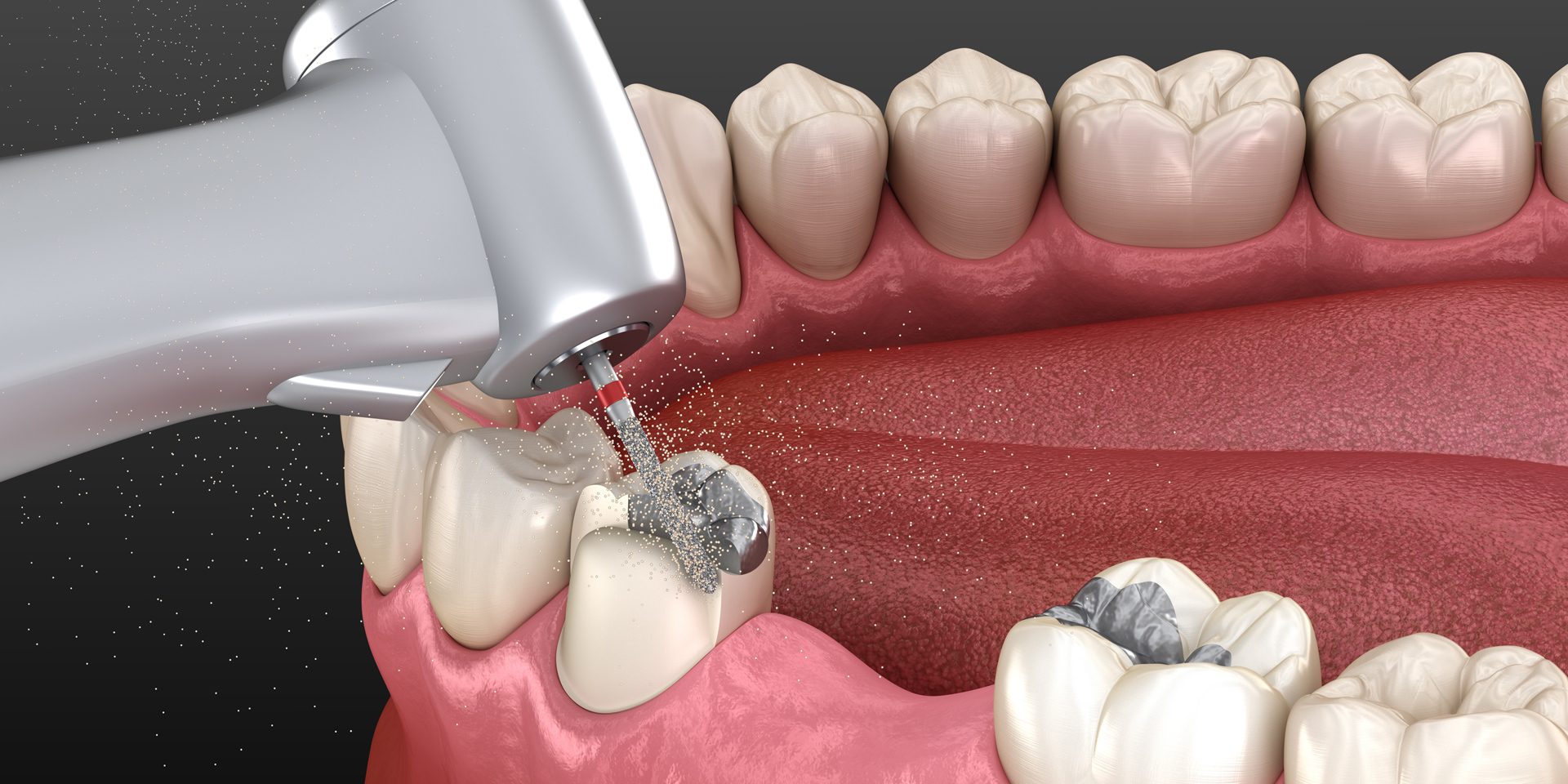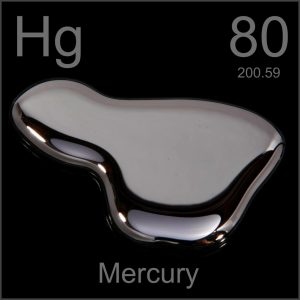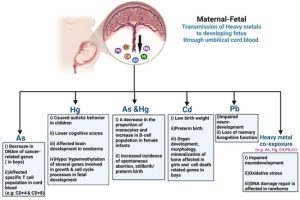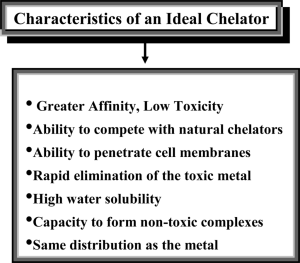The Hidden Dangers of Mercury in Dental Amalgams: What You Need to Know
Mercury dental amalgams, commonly known as silver fillings, have been used in dentistry for decades due to their durability and affordability. However, the presence of mercury in these fillings has raised significant health concerns. Mercury is a known neurotoxin, and even small amounts can be harmful over time, especially when released as vapor from amalgam fillings during daily activities like chewing or brushing.
Symptoms and Health Risks Associated with Mercury Exposure from Amalgams
Mercury exposure from dental amalgams can lead to a variety of symptoms and health issues, some of which are severe and long-lasting. Understanding these risks is crucial for anyone considering or currently using amalgam fillings.
Neurological Symptoms
Mercury is a potent neurotoxin that can adversely affect the nervous system. Common neurological symptoms associated with mercury exposure include:
- Tremors
- Headaches
- Insomnia
- Mood Swings
- Irritability
- Memory Loss
- Difficulty Concentrating
Oral Symptoms
The mouth is often the first place where the effects of mercury exposure from amalgams manifest. These can include:
- Oral Lichen Planus: A chronic inflammatory condition of the mouth’s mucous membranes.
- Metallic Taste
- Excessive Salivation
- Burning Sensation in the Mouth
Immune System Dysfunction
Mercury can interfere with the immune system, leading to:
- Autoimmune Conditions: Where the immune system mistakenly attacks healthy cells, mistaking them for foreign invaders.
Kidney Problems
Mercury tends to accumulate in the kidneys, potentially leading to:
- Kidney Dysfunction
- Kidney Failure
Respiratory Issues
Inhalation of mercury vapor can cause:
- Chest Pains
- Shortness of Breath
Gastrointestinal Disturbances
Exposure to mercury can also affect the digestive system, causing:
- Diarrhea
- Loss of Appetite
- Nausea
Diseases Linked to Mercury Exposure
Long-term exposure to mercury from amalgams has been associated with several serious diseases and conditions:
Multiple Sclerosis (MS)
Studies suggest a potential link between mercury exposure and MS, a disease that affects the central nervous system by damaging the protective sheath around nerves.
Alzheimer’s Disease
Research indicates that mercury may contribute to the development of Alzheimer’s by promoting the accumulation of beta-amyloid plaques in the brain.
Parkinson’s Disease
Mercury exposure is considered a risk factor for Parkinson’s disease, which affects the brain’s motor control regions.
Cardiovascular Disease
Mercury can increase the risk of heart problems by contributing to high blood pressure and damaging blood vessels.
Mental Health Disorders
Depression, anxiety, and mood disorders have been linked to mercury exposure due to its neurotoxic effects.
Chronic Fatigue Syndrome
This condition, characterized by extreme fatigue not alleviated by rest, may be related to mercury’s impact on cellular mitochondria.
Autoimmune Diseases
Mercury can trigger autoimmune reactions, leading to conditions like lupus, rheumatoid arthritis, and thyroiditis.
The Toxic Nature of Mercury in Amalgams
Mercury is one of the most neurotoxic substances known to science—more toxic than lead, cadmium, and even arsenic. Alarmingly, mercury in dental amalgams continues to be a significant source of exposure for many people.
Mercury’s No Safe Threshold
There is no level of mercury exposure deemed safe. Even the smallest amounts can be harmful, as mercury has no NOEL (No-Observed-Effect Level). It crosses the blood-brain barrier, impairing neurological function and potentially leading to serious diseases like Alzheimer’s and Parkinson’s.
Risks for Pregnant Women and Newborns
Mercury is particularly dangerous for pregnant women as it can cross the placenta and affect the developing fetus. The National Academy of Sciences estimates that 60,000 newborns in the U.S. alone could be at risk of disabilities due to mercury exposure during pregnancy.
The Prevalence of Mercury in Amalgam Fillings
Amalgam fillings, composed of about 50% mercury, have been used extensively due to their low cost and durability. Despite their widespread use, the dangers of mercury poisoning were largely ignored or underestimated. While many countries have banned or restricted the use of mercury amalgams, they remain legal in places like the U.S.
Mercury Exposure from Dental Fillings
Studies have shown that Americans absorb more mercury from dental fillings than from any other source. The U.S. Environmental Protection Agency estimates that 55% of all mercury in commerce in the United States—around 1,088 tons—is found in dental fillings. Every year, an additional 34 tons of mercury is added to fillings.
Daily Mercury Release
Amalgam fillings release a highly toxic gas, methylmercury, during everyday activities such as chewing, drinking hot liquids, or brushing teeth. This mercury vapor enters the bloodstream and can be stored in tissues and organs for years, with only chelators like HMD™ capable of safely removing it.
Regulatory Concerns and Safety Issues
Despite at least 17 studies confirming that dental patients absorb a daily dose of mercury from their fillings, the U.S. government has never conducted comprehensive safety tests on mercury fillings. This lack of regulation leaves the public vulnerable to the harmful effects of mercury exposure.
The Path to Detoxification
Given the significant health risks associated with mercury exposure from dental amalgams, detoxification is essential. Using a chelator like HMD™ can help remove mercury and other heavy metals from the body, promoting better health and reducing the risk of chronic diseases.
Final Thoughts
Mercury in dental amalgams presents a serious health risk, yet it is still commonly used in many countries. Awareness and proactive measures, such as detoxification, are crucial for those with amalgam fillings. By understanding the risks and taking appropriate action, you can protect yourself from the toxic effects of mercury and promote long-term health.
For more detailed information, including research studies and safety guidelines, visit resources like the International Academy of Oral Medicine and Toxicology or consult with a holistic health practitioner about safe and effective detox methods.
So just to recap: Mercury is highly toxic and can cause serious illnesses, yet it is still offered to the unsuspecting public in the form of dental fillings so that EVERY TIME we CHEW we release TOXIC MERCURY into our bodies. Wonderful!
If you have any doubts about how bad this is, then read these fact sheets published by www.toxicteeth.org:
Watch the following two videos prepared by the International Academy of Oral Medicine and Toxicology.
SMOKING AMALGAMS
Watch this fascinating video NOW!
This is an extract from a video shot by The International Academy of Oral Medicine and Toxicology. It shows an amalgam tooth that was extracted many years ago and is still giving off high levels of toxic mercury vapor. Imagine if this amalgam was in your mouth, along with many others!
HOW MERCURY DESTROYS THE BRAIN
Watch this fascinating video NOW!
This video produced by the University of Calgary clearly shows how even low levels of mercury completely degenerate brain tissue in a short amount of time.
Luckily you can do something about this!
It is important to note that even if you had your fillings removed, the mercury will still be in your body, causing havoc at a cellular level. If you are thinking of having your Amalgams removed shortly, please read our specific Amalgam Detox Protocol below:
AMALGAM DETOX PROTOCOL
Thinking of having your amalgams removed? You definitely should – they are toxic and dangerous.
However, we strongly recommend that you start your heavy metal detox at least a couple of months BEFORE sitting in the dentist’s chair and continue for 3-6 months afterward. This cannot be emphasized enough as our team of health experts [notably Dr. Georgiou] has personally seen and treated many people who became very ill after amalgam removal.
We have witnessed people develop the most severe illnesses such as MS, cancer, severe mitral valve prolapse [heart disease], and other neurological disorders.
This is due to the vast amount of mercury released during the removal process. We recommend you only remove amalgams while following a FULL DETOX PROGRAM.
Because of the high toxicity of mercury as well as the high doses that amalgams regularly release, we strongly recommend you supplement HMD™ with LAVAGE and CHLORELLA.
In addition, we recommend taking A-Lipoic Acid, which is an excellent antioxidant that will help protect you from free radical damage from stray methyl mercury during the amalgam replacement. We recommend a dose of 300 mg x 3 times daily.
Seek out a dentist who will put in place protective measures during amalgam removal, to minimize the harmful release of harmful mercury vapor during the procedure. A holistic dentist would likely follow such a protocol.
Conclusion
While the use of mercury in dental amalgams is still a topic of debate, the potential health risks associated with mercury vapor release cannot be ignored.
Individuals with amalgam fillings should be aware of these risks and consider consulting with a healthcare provider if they experience unexplained symptoms.
The decision to remove or replace amalgam fillings should be made after a thorough evaluation of the potential benefits and risks, ideally with the guidance of a healthcare professional knowledgeable about mercury toxicity.











